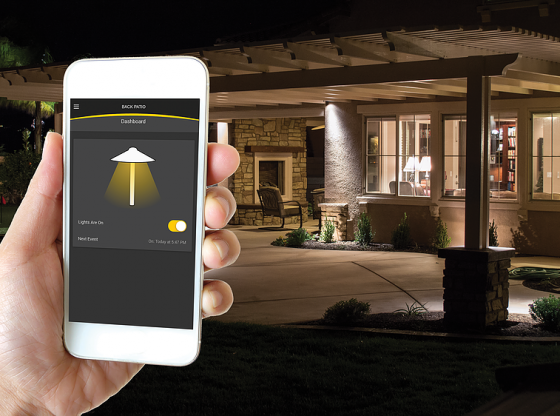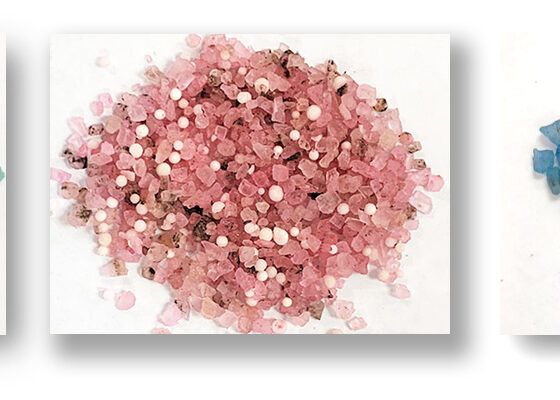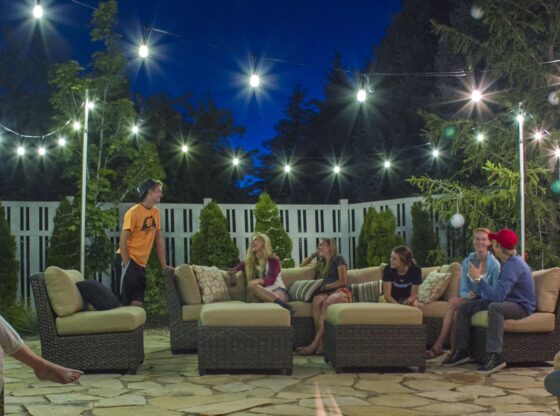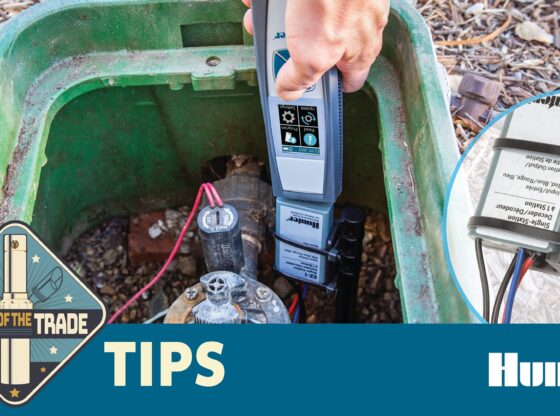Ask those who manage irrigation systems, including a growing number of homeowners, and they will tell you they want irrigation remote control. Technology has existed since the 1980’s, but it’s been difficult and costly.
Referred to as “central control,” the industry did offer answers. However, until internet connectivity matured, the issue has always been communications. A key factor now allowing lower cost more reliable irrigation remote control is the cell/modem.
The Beginning of a Control System
 We’ve designed and supported central control systems since the early 1990’s. Systems did exactly what was desired, although in a more difficult manner. We only had phone, direct wire, and radio communications and it was quite frankly a royal pain. The communication equipment was expensive and prone to failure.
We’ve designed and supported central control systems since the early 1990’s. Systems did exactly what was desired, although in a more difficult manner. We only had phone, direct wire, and radio communications and it was quite frankly a royal pain. The communication equipment was expensive and prone to failure.
The internet by itself is not an easy answer. Where irrigation controllers are installed typically does not allow easy access for internet connection. Even wireless networks can’t solve the issue. Additionally, when on corporate, city, or college campuses their IT people loath having our systems attached to their networks.
Direct and wireless network internet connections are still one of the viable options we use today. However, the cell modem is becoming the vehicle of choice. Especially when trying fit within a tight budget. The major irrigation manufactures and many specialty manufactures have and are introducing cell modem based irrigation remote access options.
Such systems are rather inexpensive, easy to use, and very reliable. Each controller requires a cell modem attached to its communication port. Cell modems are small boxes (about the size of a cell phone) that typically are hung next to wall mounted controllers or inside controller pedestals.
Yes, each modem requires the cost of cell service and in some cases a small charge for the web based control system the manufacture maintains. Common connection costs start at $10 per month and go up from there. Installation and activation for most is a simple process. Maintenance is virtually not needed.
How it Works
Most systems use a manufacture supported web site for the control software. Some allow their control software to be installed on a user’s server. Personally, I like using a manufacture controlled service because we always know it’s working and its up to date. Support is much easier in case something is amiss.
Some users are uncomfortable with the idea their irrigation remote control system is not totally under their governance. They are concerned they will lose the control system if the manufacture goes out of business, which is true.
If the control software is installed on the user’s server, it must be updated. Others like us, that are contractors, and the manufacture, will need to have access to it. For many that is a security concern.
My best answer is to use a system from an established irrigation manufacturer. Not that smaller newer companies don’t offer a great system or are unstable, but most of the major irrigation manufacturers have been around for decades. Odds are they will continue to be so.
Recommendations
Systems vary from simple remote access to very sophisticated control systems with reporting and other advanced features. I’ve been supporting central control systems since the early 90’s. One thing I’ve learned is that users must have realistic expectations about lifespan of an irrigation control system. Consider it a 10 to 15 year system. Like computer networks, phone systems, cell phones, and PCs, the system will have to be upgraded every few years and components will go obsolete. Asking users how many phone systems or PCs have they replaced in the past 10 years helps them understand irrigation remote access systems are the same thing.
I encourage the use of irrigation remote access systems. The technology is such that they can do the job at a very reasonable cost, are easy to install, and give a user the control they want.
Scott Knowles is the president of Wolf Creek Company.











